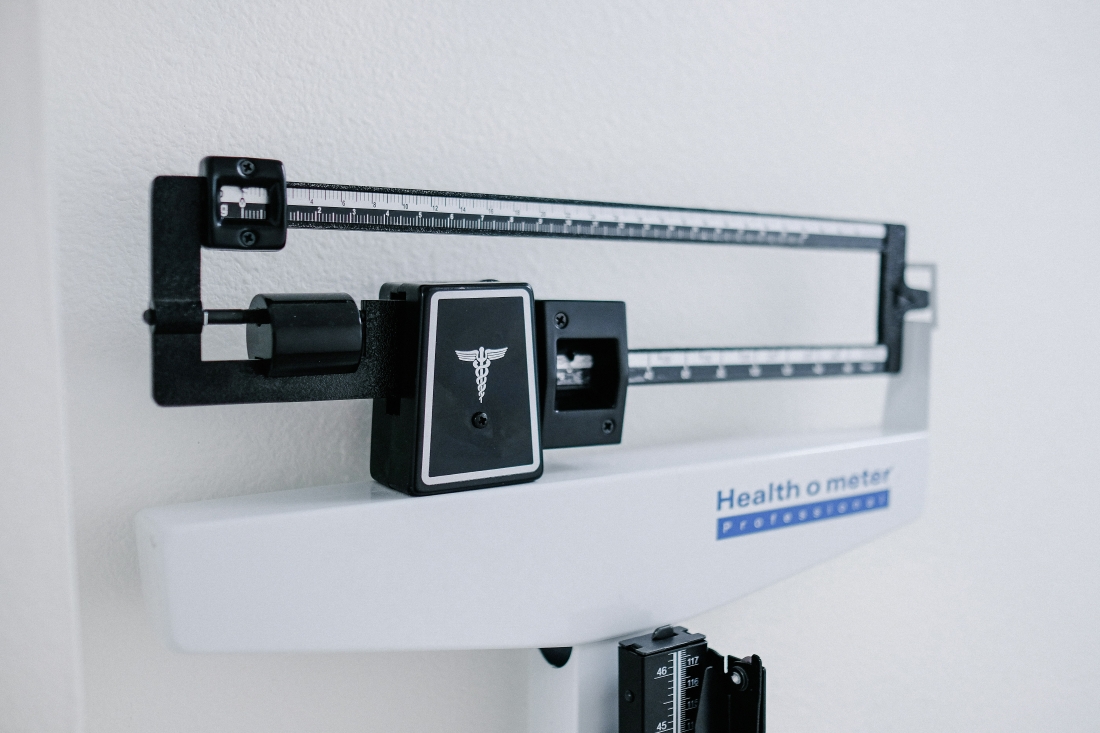Particularly for senior citizens, a compression fracture may change their life. It might cause diminishing general health as well as decreased activity and chronic pain. To learn the life expectancy after a compression fracture, one must consider several aspects including age, existing health issues, therapy response, and changes in lifestyle. Recovery techniques, prognosis, and ideas on lengthening life expectancy after a compressive fracture are discussed in this post.
Understanding fractures of compression
Trauma, osteoporosis, or other underlying causes may cause a compression fracture by causing a spinal vertebra to collapse. Most frequent in seniors, especially those with osteoporosis, are these fractures. Falling, accidents, or too much stress on the spine can also cause them.
Signs of a compressed fracture
- Abrupt and strong back pain
- Height loss from vertebral collapse is
- Inability to stand or walk for long periods
- Limited mobility in the back
- more chances of further fractures
Improperly managed, compression fractures can result in spinal deformities, more serious pain, and loss of mobility.
Life Expectancy Influencing Compression Fracture
Several things affect the prognosis. Though not lethal per se, a compression fracture can still affect quality of life.
1. Age and general fitness level
Slower healing and preexisting health issues place older people, especially those over 75, at greater risk. Research indicate that within five years patients with fractures related to osteoporosis have a 2040 percent higher mortality rate.
2. Extent of the broken.
Minimal interference helps mild fractures heal faster; more serious ones needing surgery could result in longterm problems.
3. Osteoporosis and Bone Structure
Since they have osteoporosis, patients are prone to many fractures. Good bones help much recovery and longevity.
4. Movement and bodily exercise
Limited mobility results in muscle wasting, weight increase, and heart problems. Living expectancy can be reduced by a sedentary lifestyle
5. Emotional Hit
Depression, which affects general wellbeing and recovery, can be caused by chronic discomfort and loss of dignity.
6. Rehabilitation therapyircles
Results are better with timely medical treatment, physical therapy, and lifestyle changes. Patients who have vertebroplasty or kyphoplasty sometimes mention better life quality and quicker pain relief.
Raising life expectancy following a compression fracture
Although a compression fracture can be severe, using the correct method can enhance general quality of life and length of survival.
1. Early identification and treatment
First signs of back pain will be caught early by medical attention, thereby avoiding further problems. Xrays and MRIs help to verify fractures.
2. Managing bone health
- Bone strength depends on vitamin D and calcium.
- Biphosphonates, a medication for osteoporosis, lowers fracture risk.
- Regular bone density evaluations help to track bone health.
3. Pain medication and physical therapy
- Physical therapy brings back muscle strength and restores range of motion.
- Bracing: Helps support the healing process.
- Medicines to control pain include mild opioids or NSAIDs.
4. Keeping a challenged lifestyle helps loosening the body and getting more energy around.
- Lowimpact workouts include walking, swimming, yoga, and meditation; all of these help circulation.
- Strength training helps one keep body position and muscle mass.
- Preventing falls and more fractures: balance exercises.
5. Should they be needed, surgical processes
- Minimally invasive surgeries that restore spinal stability and reduce pain are kyphoplasty & vertebroplasty.
- Spinal fusion surgery: in drastic instances, this addresses spinal deformities.
6. Protect against subsequent fractures.
- Home renovations: install grab bars, upgrade lighting, use antislip mats.
- Include dairy products and proteinrich foods for a healthy diet.
- Quit smoking and alcohol: these things degrade bones with time.
Data on life expectancy following a compression fracture
Studies show that elderly people with spinal fractures have mortality hazards of 15 to 25% higher than their counterparts free from fractures. Elderly patients with vertebral fractures die in five years at a rate of one in five because to problems including decreased mobility and cardiovascular disease, according to a Journal of Bone and Mineral Research article.
Still, correct therapy and rehabilitation can vastly enhance quality of life and survivability.
Last but not least,
Following a compression fracture, life expectancy varies on age, lifestyle change, and health status. Although fractures can cause discomfort and limited range of motion, early treatment and changes to lifestyle greatly enhance outcome. Searching for medical advice, staying physically active, and guaranteeing adequate nutrition all help people live full life despite a compression fracture.





